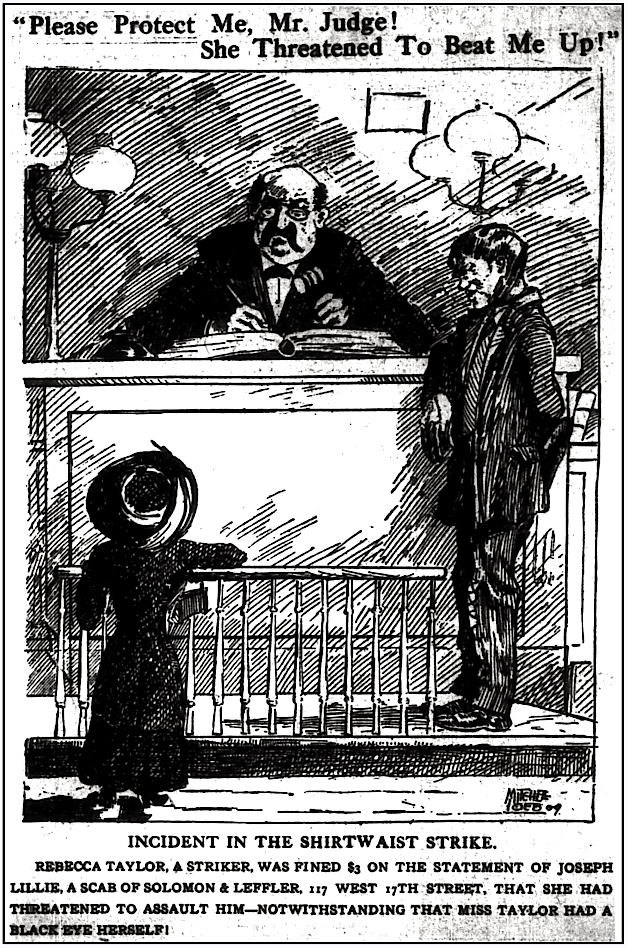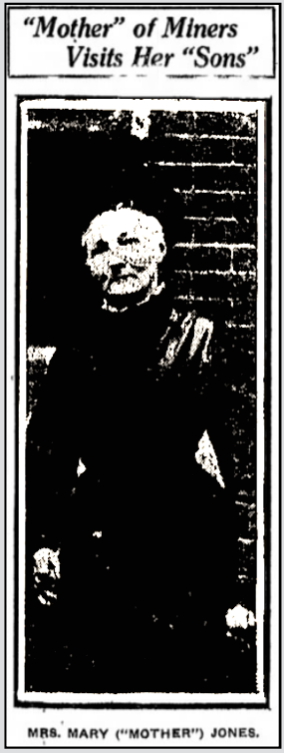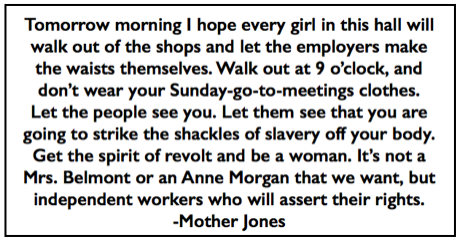 —————
—————
Hellraisers Journal – Monday March 3, 1913
New York, New York – The Striking Garment Workers and The Protocol
From the International Socialist Review of March 1913:
New York Garment Workers and the Protocol
-Phillips Russell
———-
The New Disease: Protocolic
As this is written, the great strike of the garment workers in New York is in its seventh week and, according to present indications, it may last even longer than the historic struggle of the cloakmakers in 1910, which endured for nine weeks.
At present the garment workers’ strike seems to be suffering from a bad attack of the new industrial ailment that might be described as the “protocolic.” Twice the officials of the United Garment Workers’ Union, who pulled the strike, have tried to get an agreement approved which involved the signing of a protocol, but both times got severe jolts from the strikers as a whole who made known their opinions of compromise in no uncertain tones. The attempt to induce the strikers to accept the protocol has so far produced little but dissension and has had much to do with smothering the spirit of the workers which at first was militant and aggressive.
The waist makers have already gone back to work under the terms of a protocol, though a considerable part of them did so reluctantly, and so great opposition was manifested towards it at one meeting in Cooper Union that a serious outbreak was narrowly averted.

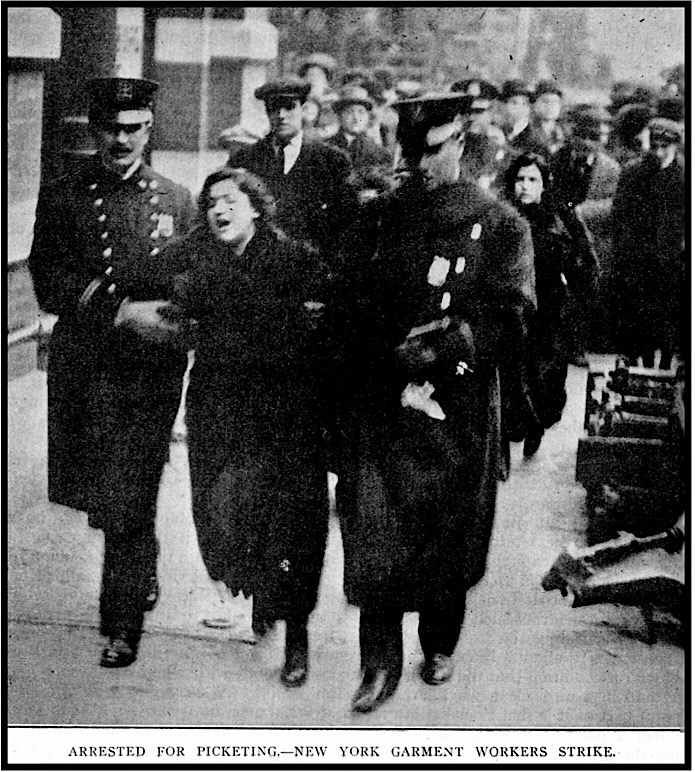
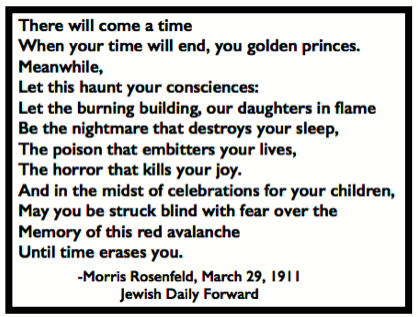 —————
—————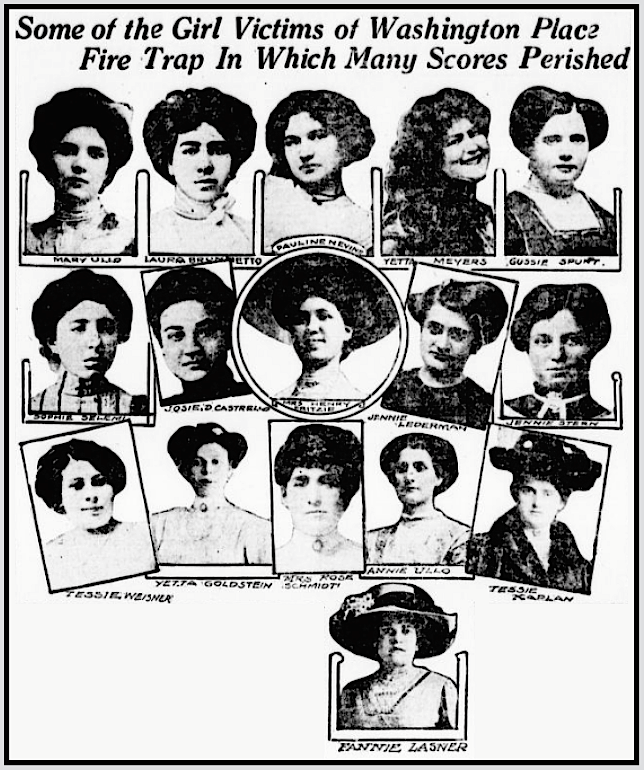
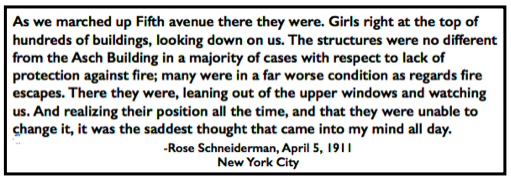 ———-
———-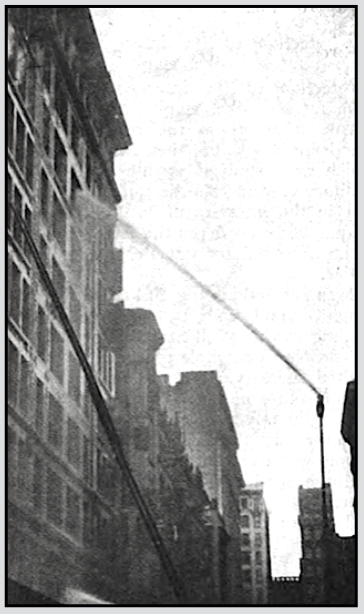
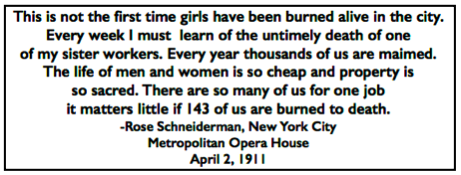 —————
—————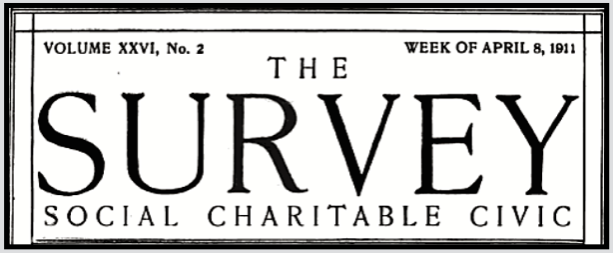
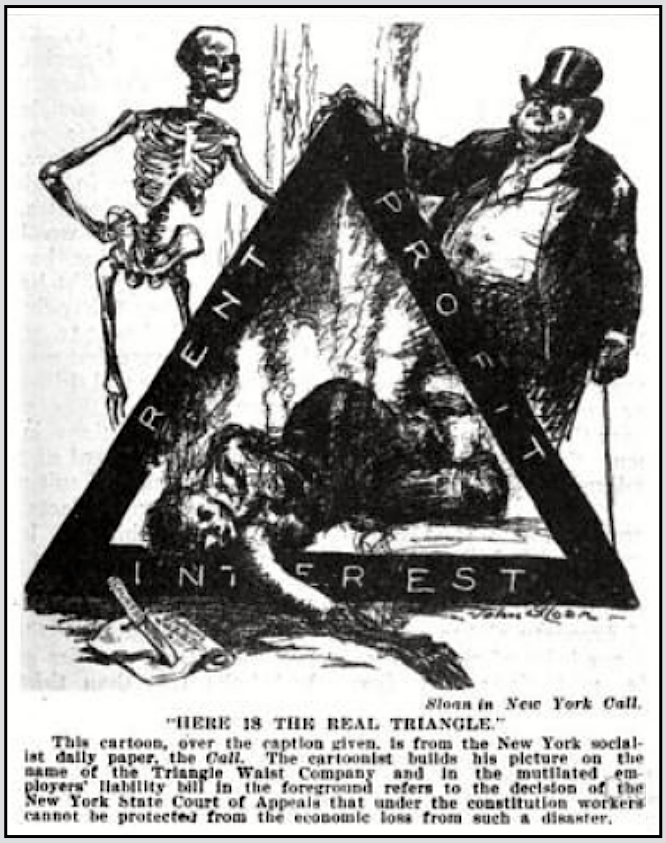
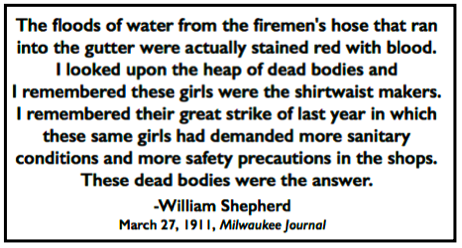 —————
—————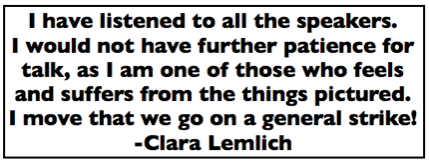 ———-
———-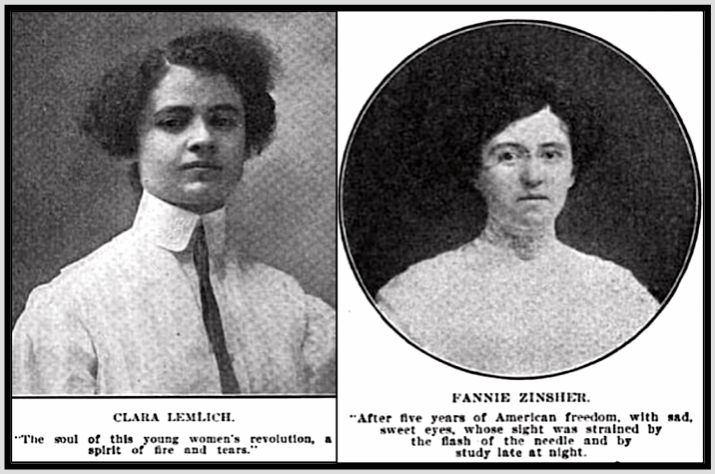
 ———-
———-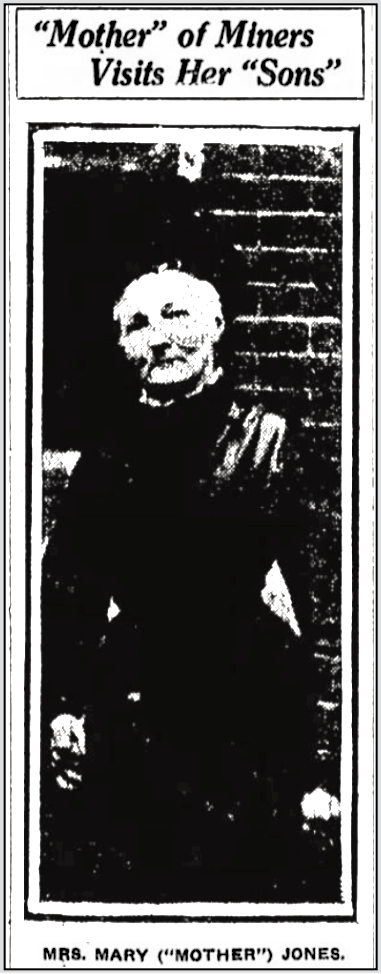
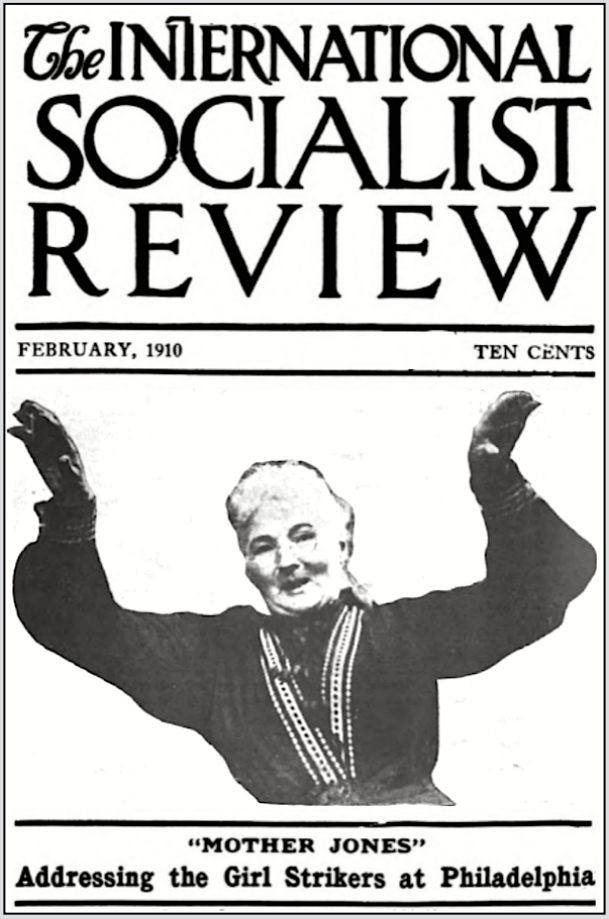
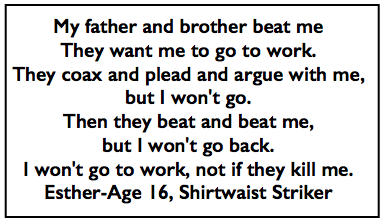 ———-
———-